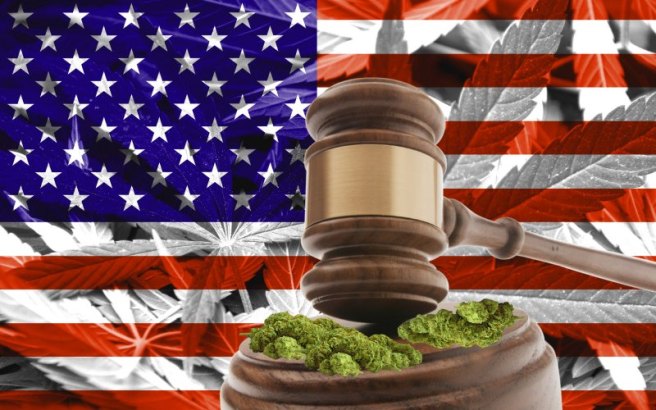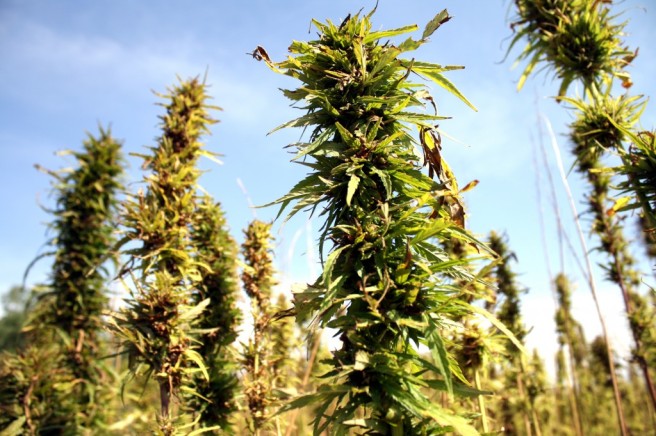Image: HighTimes
Although legal marijuana continues to spread across the great American landscape, the federal government still maintains a strict no-tolerance pot policy for members of the US military. However, with the recent passing of initiatives to legalize weed in Alaska, Oregon, and Washington DC, the commanding forces behind our national defense has been forced to reiterate to its soldiers that the consumption of cannabis could result in court martial.
To ensure the military does not employ the use of stoned soldiers, the federal government mandates that all service members submit to regular drug testing. Yet, documents obtained by The Washington Post through the Freedom of Information Act indicates that many troops could be high as hell and no one would ever know because not every solider is being tested for weed.
At Joint Base Lewis-McChord in Washington state, where the recreational marijuana industry is in full swing, around 25% of the soldiers were not tested for pot in 2014, according to the Post. Yet, unfortunately, the troops stationed in Fort Carson, Colorado did not receive the same leniency. Records show that all 26,000 men and women on active duty were tested for marijuana this year.
While the data reveals fewer soldiers are getting busted for pot than in years past, there is nothing in the documentation to determine just how frequently these drug tests occur. Yet, apparently it does not matter, as Army officials claim that just knowing the possibility exists for a drug screen is enough to keep the majority of the armed forces pissing weed free.
“The results of our continued drug testing demonstrate the commitment soldiers have to the Army profession, regardless of a state’s legalization of marijuana,”
Army representative Lieutenant Colonel Benjamin Garrett told the Post.
“With 98% of the Army population testing negative for illicit drugs, soldiers demonstrate their ability to take responsibility for themselves, reinforcing the fact that our drug testing program is working.”
It is for this reason that US military officials say there are no plans to ramp up the drug testing polices in legal marijuana states.
Do yoh think the U.S. Army Officials should rmp up the drug testing? Leave a comment above..
Author: Mike Adams
Source: HighTimes.com
Moderator: HempHausMag.com










